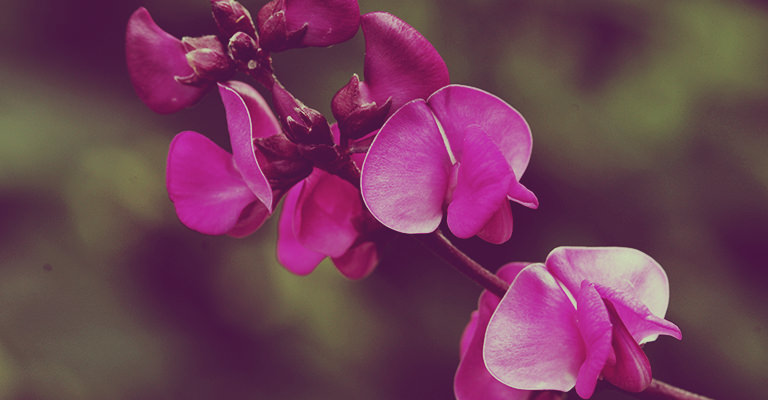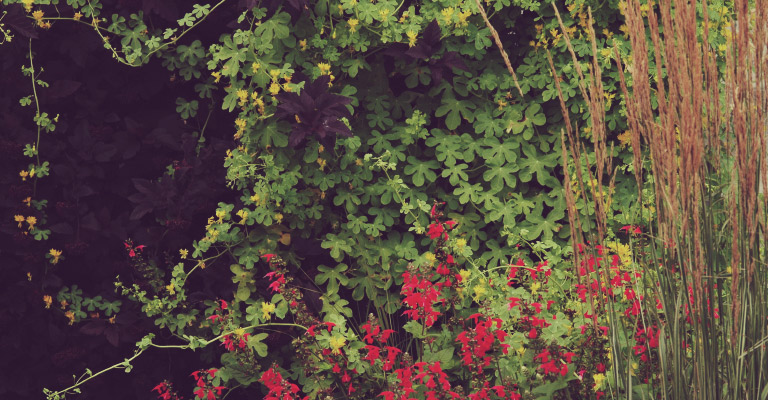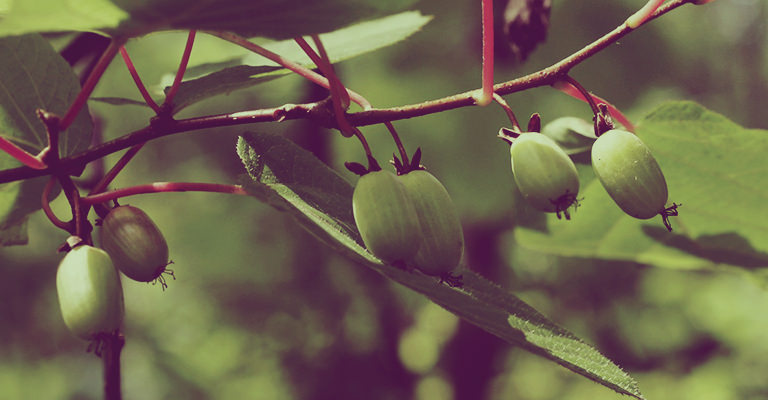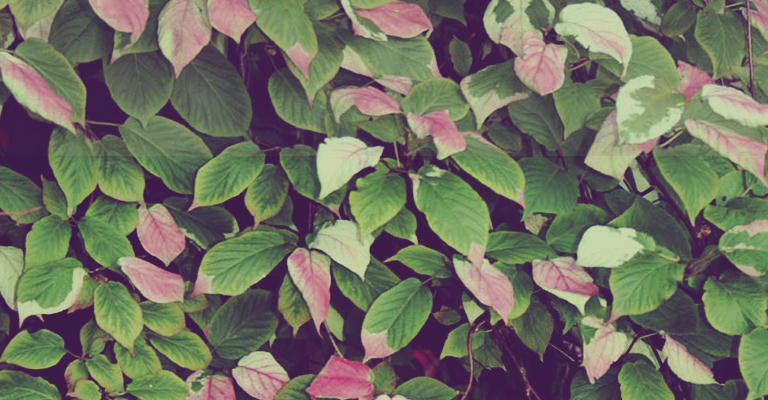Among all edible plants, some are climbing and are perfect for small city yards as their slender shape allows to maximize the use of the available space. Most edible climbing plants can be planted in pots or directly in the ground.
They can be grown on an obelisk, arbor or pergola, or on a wall covered with trellis. Some of those plants can also be considered as trailing. Therefore, they can be planted on a green wall or in a hanging basket.
Here's a description of three edible climbing plants you must absolutely grow in your garden this summer!

(Lablab purpureus, syn. Dolichos lablab)
Height: 10 feet
Width: 3 feet
Flowers: pink from July to October
Fructification: elongated dark purple fruits
Foliage: trifoliated, green with purple veins
Light: sun
Soil: easily adapts to various types of well-drained soils
Hardiness: perennial climbing plant treated as an annual
The cowpea is a climbing plant that grows very quickly. It can cover a trellis or pergola in a few weeks' time. This original and elegant edible plant produces pink flowers (throughout the summer until early fall) that then transform into elongated purple fruits looking like sugar peas.
The young fruits, which contain no seed or little developed seed, can be eaten uncooked. However, mature seed must be boiled for a long time before they can be eaten as they contain toxic cyanogenic glycosides. The cowpea's leaves and flowers are also edible.

(Tropaeolum peregrinum)
Height: 10 feet
Width: 4 feet
Flowers: yellow from late June to October
Foliage: lobate, green
Light: sun, partial shade
Soil: rich and cool, well-drained
Hardiness: perennial climbing plant treated as an annual
Similar to the nasturtium that is commonly found in our gardens, the canary-bird vine is a very vigorous climbing plant that can reach over 3 meters in height in only one summer. Its edible yellow flowers have a peppery taste that wonderfully spices up Indian and Middle East dishes while adding a colourful touch.


(Actinidia kolomikta)
Height: 16 feet
Width: 5 feet
Flowers: white in May
Fructification: green cylindrical fruits
Foliage: variegated (green with white and pink)
Light: sun, partial shade
Soil: rich and well-drained
Hardiness: hardy perennial plant in zone 3b
The kolomikta vine has a beautiful variegated foliage and produces small edible fruits. Production usually begins 4 or 5 years after planting, provided a male plant and female plant were planted together.
The plant's sweet and vitamin C rich fruits loosely resemble the hairy, green-fleshed fruits of a typical kiwi plant (Actinidia deliciosa). However, they are smaller (more like a big grape), their hairless skin is edible and their taste is less acidic.

By Albert Mondor, horticulturist
Subscribe to our newsletter to receive our gardening tips, news and more directly in your inbox! Fill in the form below. Please note that fields with an * are required.